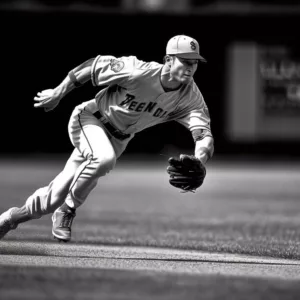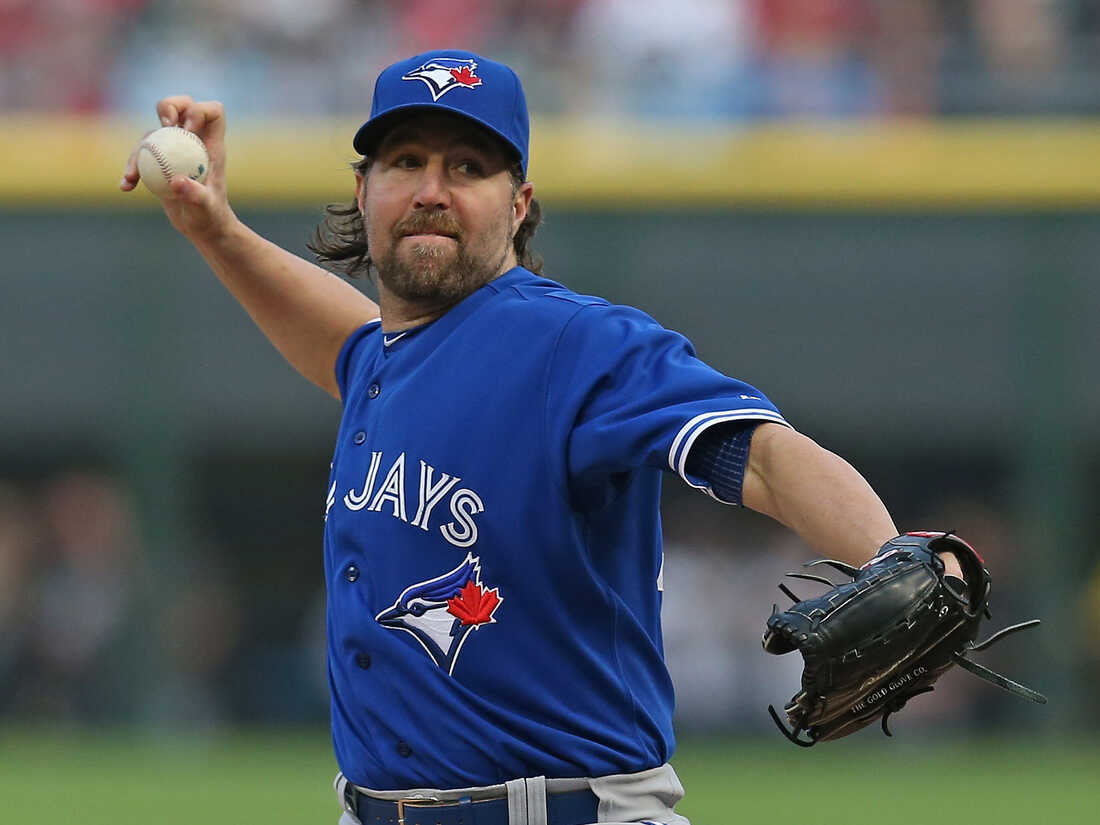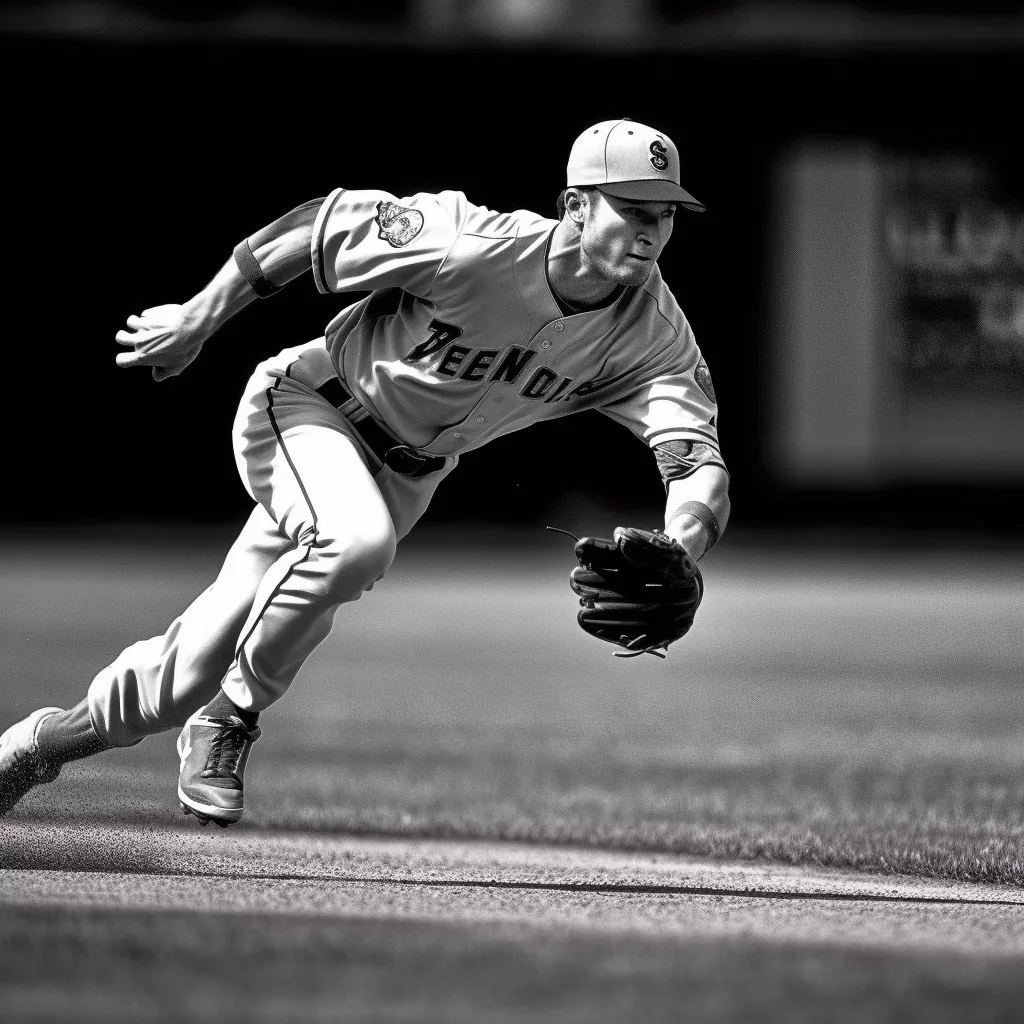Major league infielders can throw at incredibly fast speeds, reaching up to 90 miles per hour. This level of velocity is essential for making strong and accurate throws to first base or to turn double plays.
Infielders must have quick reflexes and arm strength to throw with such impressive velocity. Additionally, their throwing mechanics and footwork play a crucial role in generating power and transferring it to the ball. The ability to throw with speed and accuracy is a key component of a successful infielder’s skill set at the major league level, allowing them to make impressive defensive plays.

Credit: www.topvelocity.net
Factors Affecting Infielders’ Throwing Speed
For major league infielders, throwing speed plays a crucial role in their overall performance. The ability to make accurate and powerful throws is essential in turning double plays, making quick outs, and preventing base runners from advancing. Several key factors influence an infielder’s throwing speed, including player position and role, arm strength and conditioning, throwing mechanics and technique, and infield skills training.
Player Position And Role
The position and role of an infielder can significantly impact their throwing speed. Infielders are typically assigned to specific positions such as shortstop, second baseman, third baseman, or first baseman. Each position requires different throwing distances and angles, leading to variations in throwing speed. Shortstops and third basemen often make longer throws across the diamond, requiring more arm strength and velocity. Second basemen and first basemen may need to make quick and accurate throws to complete double plays or pickoffs.
Arm Strength And Conditioning
Strong arm muscles are vital for generating throwing speed. Infielders must engage in rigorous arm strengthening exercises to improve their throwing power. Regular workouts focusing on the upper body, including the shoulders, back, and triceps, can build the necessary strength to generate higher velocities. Strengthening exercises can include resistance training, such as weightlifting and using resistance bands, as well as exercises that target specific muscle groups involved in throwing.
Throwing Mechanics And Technique
Proper throwing mechanics and technique significantly impact an infielder’s throwing speed. The correct positioning of the feet, hips, and shoulders, along with a fluid arm motion, can contribute to improved speed and accuracy. Infielders must develop a smooth and efficient throwing motion through proper coaching and practice drills. The use of proper grip, arm extension, and follow-through can optimize the transfer of energy from the body to the baseball, resulting in increased throwing speed.
Infield Skills Training
Infield skills training plays a vital role in enhancing an infielder’s throwing speed. Repetitive practice drills focusing on fielding ground balls, glove work, and footwork can improve an infielder’s ability to make quick, accurate throws. These drills not only develop muscle memory but also improve reaction time and body coordination. By honing their fielding skills, infielders can make efficient transfers from glove to hand, reducing the time taken to make a strong and accurate throw.

Credit: www.npr.org
Comparison Of Throwing Speeds For Different Infield Positions
Major league infielders showcase their throwing speeds across different positions, providing valuable insights into their athletic abilities. Discover how fast these players can deliver the ball with precision and agility.
Shortstop
Shortstops are often regarded as the most athletic players on the baseball field. Not only are they responsible for covering a large portion of the infield, but they also need to make quick and accurate throws to first base. Shortstops are known for their incredible arm strength, often clocking throwing speeds of over 90 miles per hour. Their ability to make long, accurate throws from deep in the hole or while charging towards the ball is what sets them apart defensively.Third Baseman
Just like shortstops, third basemen need to have a strong throwing arm to make tough plays from deep in the hole or fielding bunts. These players are often required to make quick reactions and throw across the diamond to first base. While they may not reach the same throwing speeds as shortstops, third basemen still possess impressive arm strength, with throws averaging around 85 to 90 miles per hour. Their accuracy and ability to make accurate throws on the run make them a crucial defensive asset.Second Baseman
Second basemen are typically known for their quick turns on double plays, but they also need to make accurate throws across the diamond. While they may not have the same arm strength as shortstops or third basemen, second basemen still possess solid throwing abilities. Their throws often range from 80 to 85 miles per hour, allowing them to complete the necessary defensive plays at their position.First Baseman
When it comes to throwing, first basemen have a slightly different role compared to the other infield positions. Instead of making long, accurate throws across the diamond, their primary focus is on catching throws from other infielders. Although they don’t need the same arm strength as the other infielders, first basemen still require accurate and soft hands to field low throws and make tag plays at first base. In conclusion, the throwing speeds vary for different infield positions in Major League Baseball. Shortstops showcase impressive arm strength, often reaching throwing speeds of over 90 miles per hour. Third basemen possess similar arm strength but focus more on quick reactions and accurate throws. Second basemen have slightly lower throwing speeds, but they excel in turning double plays. First basemen, on the other hand, prioritize fielding accuracy and soft hands rather than throwing power. Overall, infielders play a critical role in the defensive aspect of the game, utilizing their unique throwing abilities to complete vital plays.
Credit: www.topvelocity.net
Frequently Asked Questions For How Fast Do Major League Infielders Throw?
How Fast Do Major League Infielders Throw?
Infielders in the Major League have impressive throwing speeds, typically ranging between 85 to 95 miles per hour. These exceptional speeds allow them to make quick and accurate throws, crucial for keeping runners at bay and completing double plays. Their powerful arms are a result of years of practice and conditioning.
Conclusion
The speeds at which major league infielders throw can vary, but they possess an incredible talent and agility to deliver throws with lightning-fast precision. From turning double plays to making quick, accurate throws to first base, these athletes showcase their exceptional skills on the field.
The ability to accurately assess the speed and distance required for each throw is a crucial component of a major league infielder’s success. So the next time you watch a game, pay attention to the impressive display of arm strength and speed from these talented players.

General Manager & Auditorial Head.
Killian Jake is a World Sports Traveler and hobbyist sports lover. By exploring different sorts of playing modules like indoor, outdoor, and many more. As for professionalism and writing, it’s helpful to give you the right suggestions on different games and sports.




